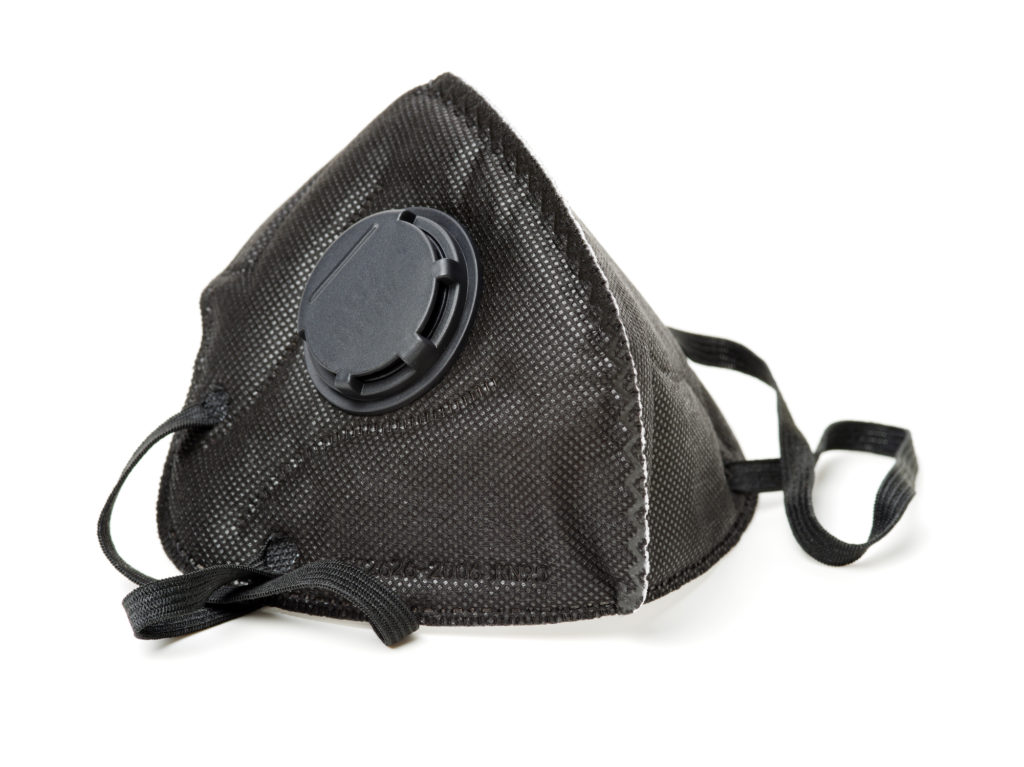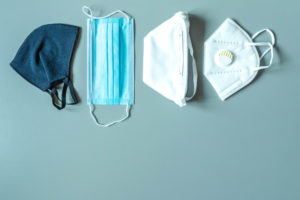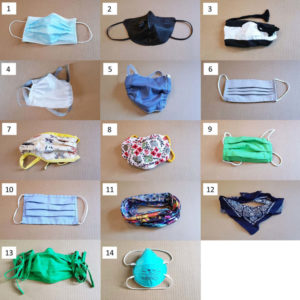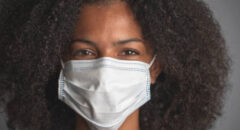 During this time of the coronavirus, local and state governments have all issued their own ruling about the need to wear face masks. With that, people have been creative in making your own mask, wearing different kinds of masks. Masks range in color, price, and different levels of protection. One of the most popular masks has been masks with vents.
During this time of the coronavirus, local and state governments have all issued their own ruling about the need to wear face masks. With that, people have been creative in making your own mask, wearing different kinds of masks. Masks range in color, price, and different levels of protection. One of the most popular masks has been masks with vents.
But the CDC says those masks are not good when it comes to COVID-19
The problem with those masks, the CDC says, is that they don’t do enough to prevent the wearer’s respiratory droplets from leaking out.
“The purpose of masks is to keep respiratory droplets from reaching others to aid with source control. Masks with one-way valves or vents allow exhaled air to be expelled out through holes in the material. This can allow exhaled respiratory droplets to reach others and potentially spread the COVID-19 virus,” the federal agency states in its guidance.
“Therefore, CDC does not recommend using masks if they have an exhalation valve or vent.”
If you primarily wear a mask with a valve or vent for exhalation, the CDC suggests using another type of mask instead. The CDC also does not recommend the general public wear medical-grade N95 masks or surgical masks, which should be reserved for medical professionals right now.
So if you can't wear your usual mask with a valve or vent, and medical-grade options are likely off-limits, take a look at the many reusable cloth masks available now. In general, masks made of multiple layers of material that fit snugly (but comfortably) on the face are the most effective options. In fact, a recent study found that masks made with multiple layers of cotton and/or polypropylene, a type of fabric made from plastic, are the most effective options after N95 masks and surgical masks.

But with all this talk against these types of masks, don't get it twisted. Other masks and facial coverings still work.
Don't underestimate the importance of wearing the mask correctly—fitting snugly over your nose and mouth—when thinking about its effectiveness. It may be helpful to order a few different styles of masks to try out at home, leaving them on for at least 30 minutes to help figure out which ones are most comfortable on your particular face.
The San Francisco Department of Public Health recently reminded residents that if they choose to wear an N95 mask (which should ideally be reserved for medical workers on the frontline), should ensure it doesn’t have the front valve.
Valved N95 masks are not typically used in a medical setting, though they are said to make breathing easier, according to a 2008 study on the masks. In general, N95s help to “reduce the wearer’s exposure to airborne particles, from small particle aerosols to large droplets,” according to the CDC.
Researchers at Duke University's Duke Department of Physics did research on the effectiveness of facial masks. The neck gaiter (No. 11 in the photo below), which was made of polyester spandex material, performed the worst in the study, actually producing more particles than speaking with no face covering at all.

“We attribute this to ... the textile breaking up those big particles into many little particles,” Dr. Martin Fischer, chemist, physicist and study author, said in a video release. “They tend to hang around longer in the air, they can get carried away easier in the air, so this might actually be counterproductive to wear such a mask.”









